Like most other smartphone makers, HTC delivers a new flagship smartphone every year in the spring. Like everyone else’s, HTC’s new devices are bigger, faster, and more expensive than the previous version and the new HTC U12+ is no exception.
There’s a lot to like about HTC’s U12+. It has a 6 inch QHD+ Super LCD 6 display which fares well in outdoor visibility, it’s powered by a Qualcomm Snapdragon 845 chip which chews up and spits out anything you throw at it, the base model comes with 6GB of RAM which is a dream for those who jump in and out of apps all day long and it has dual cameras on the back which captures stunning photos.
But like most devices, there are a few issues to deal with. So, before I jump into detail on the good stuff, let’s take a look at what’s holding the U12+ back.
The most obvious issue with the phone its lack of carrier support in the US. This may not matter in other countries, but it’s a bit deal here since most US consumers still walk into their carrier stores to buy their smartphones. By not being on display, the U12+ will likely fare even worse than the U11 which was only available from Sprint. Sure, the U12+ can be purchased unlocked from HTC or Amazon, but that’s unlikely to move the needle.
The second issue is the price. HTC is selling the U12+ for $800. When you consider the specs, it’s not a bad deal, but it’s a $150 more than what HTC charged for the U11 last year. Sure, you get double the cameras, a larger display, and bigger battery, but there are those who simply can’t afford an $800 phone or don’t want to pay that much for a device that doesn’t have a Samsung or Apple logo on the back.
For number three, let’s talk about battery life. A 3,500 mAh cell should be plenty to keep the U12+ chugging along through a full day’s. And for the most part, it does the job. But I have had a few days that the battery just can’t keep up. In average, the U12+ has given me 13 hours on a single charge, but if I want to stretch things into the evening, I need to limit screen on time for the day, keeping it below 4 hours. It’s not terrible, but it’s less than what I got on the U11 which had a 3,000 mAh cell.
The U12+’s 2 front facing cameras and the phone’s software take the number 4 and 5 slots on things that need improvement, but you’ll hear about those in a minute.
Now, let’s get to the good stuff.
I’ve always had a love/hate relationship with glass backed smartphones and things aren’t that different with the U12+. The Translucent Blue color option is stunning and it’s hard to describe the feeling you get when you peer through the glass at the phone’s internal components. It would be nice if more of the glass was transparent, but HTC teases you with enough that always take a second look whenever the lighting is just right just to see if there’s something new I haven’t spotted yet.
Of course, a glass-backed phone has its downsides as well. The device slips off almost every surface you place it on. Honestly, my review unit slipped off my countertop 10 minutes after I did my unboxing. The good news is that it survived that drop and a few others without a scratch since I got the phone a week ago. The same can’t be said for my Galaxy S9+ which has scratches all over it and new crack on the back of the phone which I just noticed this week. There’s no telling how the U12+ will hold up over time, but I’m hoping it’ll fare better than my HTC U11 which cracked after 6 months.
While the U12+ has the same size display as the U11+, the phone is slightly shorter thanks to smaller bezels. The phone’s metal frame includes new Edge Sense 2.0 sensors which can now detect how you’re holding the phone, allowing for new features. The first on the list is grip detection which allows the phone’s display orientation to lock, allowing you to read in bed or when lying on a couch without having to fiddle with the auto-rotate setting. Next is the new double tap gesture which allows you to trigger an action by double tapping the edge of the phone with your thumb. By default, a double tap enables one-handed mode, shrinking the screen toward the edge of the phone that you tapped on. Like the long and short-squeeze actions, the double tap can be configured to launch an app of your choice, trigger a specific action or change certain settings on the phone. Personally, I have the double tap configured to pull down the notification shade while my short squeeze and long squeeze actions are set to open the camera and the Edge launcher.
But HTC’s engineers didn’t stop there. They also chose to ditch traditional buttons on the side of the phone, replacing them with pressure sensitive ones. The power and volume keys don’t actually move and are part of the metal frame. When you press them, the side of the phone vibrates, giving you the feeling like you’ve pressed a physical button, similar to Apple’s force-touch trackpads. It’s not as satisfying at pressing a button which has a satisfying click, but there’s nothing wrong with it either. It helps with the phone’s IP68 dust and water resistance and should also reduce the chances that your buttons will stop working over time.
The phone is running on Android 8.0 with the March security update, but the HTC Sense experience feels really antiquated at this point. The app drawer and notification shade can be opened by swiping up or down anywhere on the home screen, and you now get rounded app icons but those design introduced last year on the U11+. Everything else looks and feels like the HTC Sense software experience we got on the HTC 10. Blinkfeed is the same as ever, but it feels like it’s packed with more ads than before. And then there’s the HTC Sense companion which will pop up in your notification share until you finally set it up. HTC’s AI-driven personal assistant isn’t really mentioning since it can’t do much, so it’s a good thing that you have access to Google Assistant and Amazon’s Alexa.
The good news is that HTC Sense is one of the lightest OEM skins out there, allowing the phone’s Snapdragon 845 chip and 6GB of RAM to truly show off their power. There’s absolutely nothing that this phone can’t handle and having 6GB of RAM means that you can multi-task to your heart’s content, jumping from app to app without ever waiting for them to reload and even picking up on a game hours later exactly where you left off. The base model comes with 64GB of storage and you still get a microSD card slot, but if you want the 128GB model, you’ll only need to shell out an additional $50.
Like last year’s U11, the main highlight of this new device is its cameras. As mentioned before, you get a total of four sensors – two on the back and two on the front. Allowing you to take portrait-style pictures and selfies with the digitally enhanced bokeh effect that HTC introduced to smartphones four years ago with the HTC One M8. While HTC ditched the tech the following year on its flagship devices, the results you get from the dual 12MP cameras on the back of the U12+ are surprisingly on par with what you can expect from Huawei’s P20 which is arguably the leader in the space. The effect can be changed after the fact, allowing you to adjust the blur or even change the focal point. You can do the same with the dual 8MP camera on the front, but the results are very inconsistent, as are the overall color and exposure of the images taken with the selfie cameras. But the main sensors are as good as ever, delivering photos which are on par and sometimes even better than what the Pixel 2 or Samsung Galaxy S9+ can pull off. Low-light shots need a bit of work since light sources do tend to get blown out, but the final results are still impressive, especially when you turn on pro-mode and tweak the settings yourself.
Video capture is good so, delivering stunning 4K footage at 60 FPS or even 1080p video at 240FSP if you’re looking to capture the world in slow motion. The U12+ does have optical and electronic image stabilization for the rear camera, but it’s not quite up to snuff when compared to other 2018 flagships. But on the plus side, the U12+ captures incredible audio while recording video thanks to the four mics that are located on the different sides of the phone. The phone even has an Acoustic Zoom feature which focuses the audio in on your subject if you zoom in while recording.
And that brings us to the front-facing dual-cameras. The 8MP sensors HTC is using should be more than capable of delivering great selfies, but the results leave a lot to be desired. The bokeh effect only seems to get things right a bit more than half the time, leaving you with an unusable picture of forcing you to reshoot. It’s surprising how inconsistent the results are when compared to the Pixel 2 which offers a portrait mode while only using one camera. There’s a chance that HTC could fix the issues with a software update, but I wouldn’t hold my breath.
Naturally, an HTC review wouldn’t be complete without mentioning the phone’s audio experience. Disappointingly, the phone uses HTC’s BoomSOund HiFi speaker system which splits the highs and the lows between the front and bottom speakers. The overall audio quality is great when compared to most other smartphones, but it’s definitely not as rich as the stereo BoomsSound speakers HTC has used in the past.
And then there’s the USonic USB C headphones which come in the box. They’re identical to what HTC shipped last year with the U11, offering pretty decent active noise cancellation, but what really sets them apart is the custom audio profiles which are tuned specifically to the user’s ear canal, delivering a richer, more immersive sound than what you’d typically get from a pair of $100 headphones.
Despite a few minor setbacks, the HTC U12+ is quite an impressive device. I’m not sure if the phone is substantially better than the Samsung Galaxy S9+ or the Huawei P20 Pro, but it’s at least on the same playing field, capable of holding its own. If you’re looking for a device with a unique design, impressive camera experience and top of the line performance, the HTC U12+ could be the perfect phone for you. Than again, so would most other flagship smartphones we’ve seen this year.
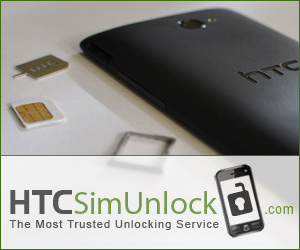



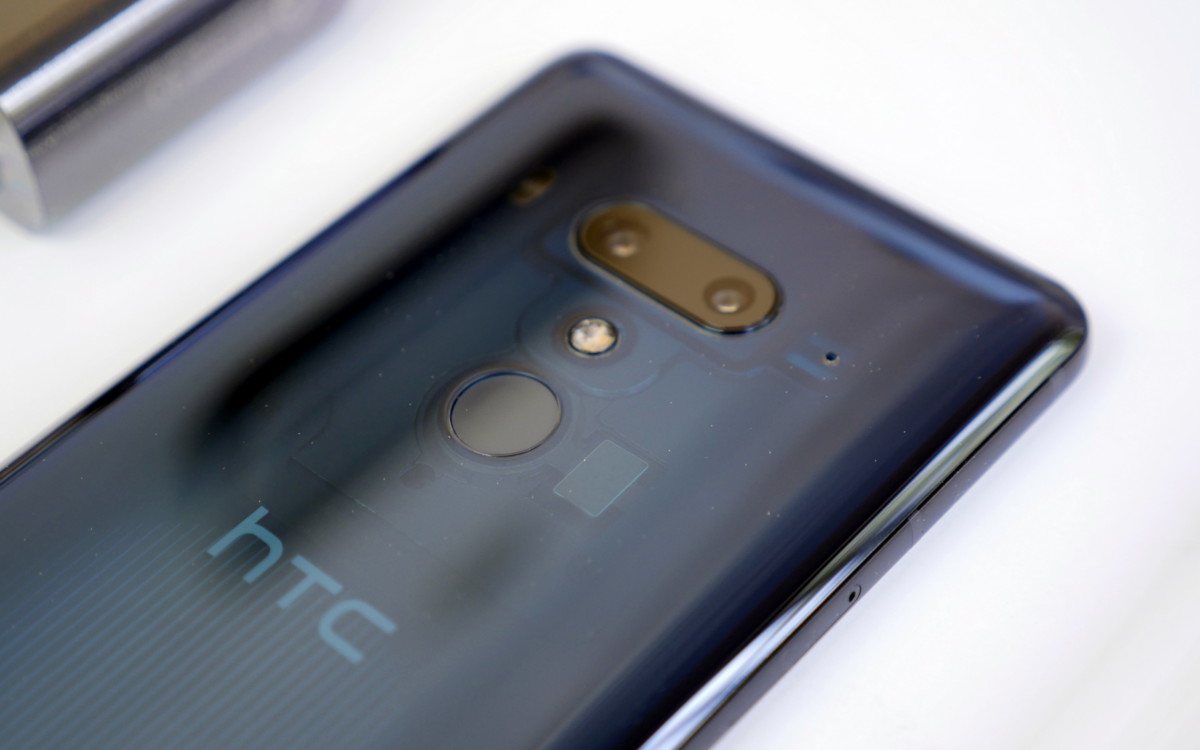
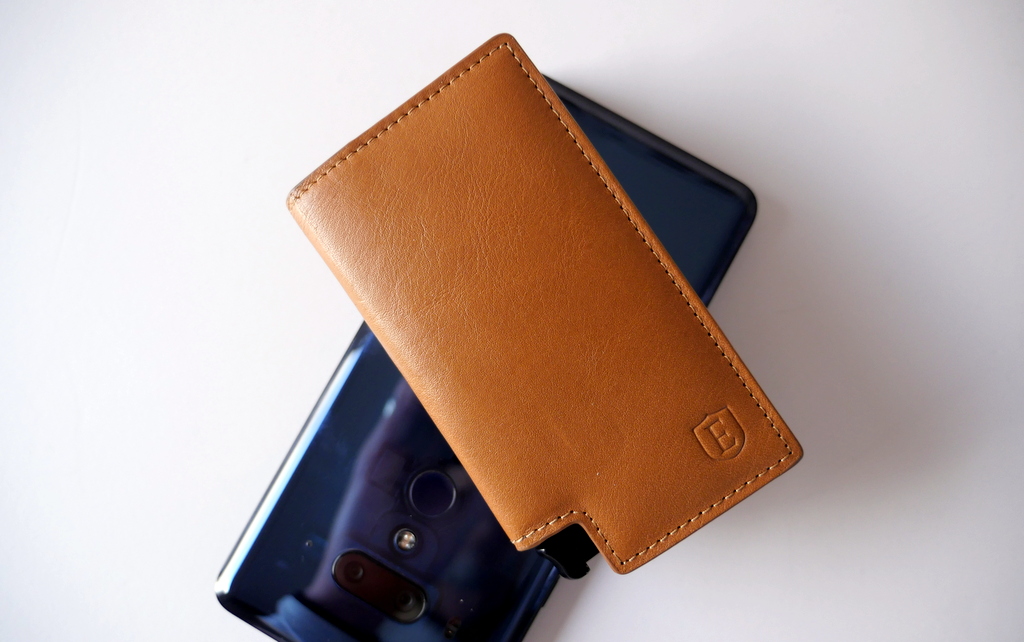


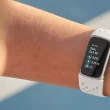

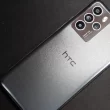
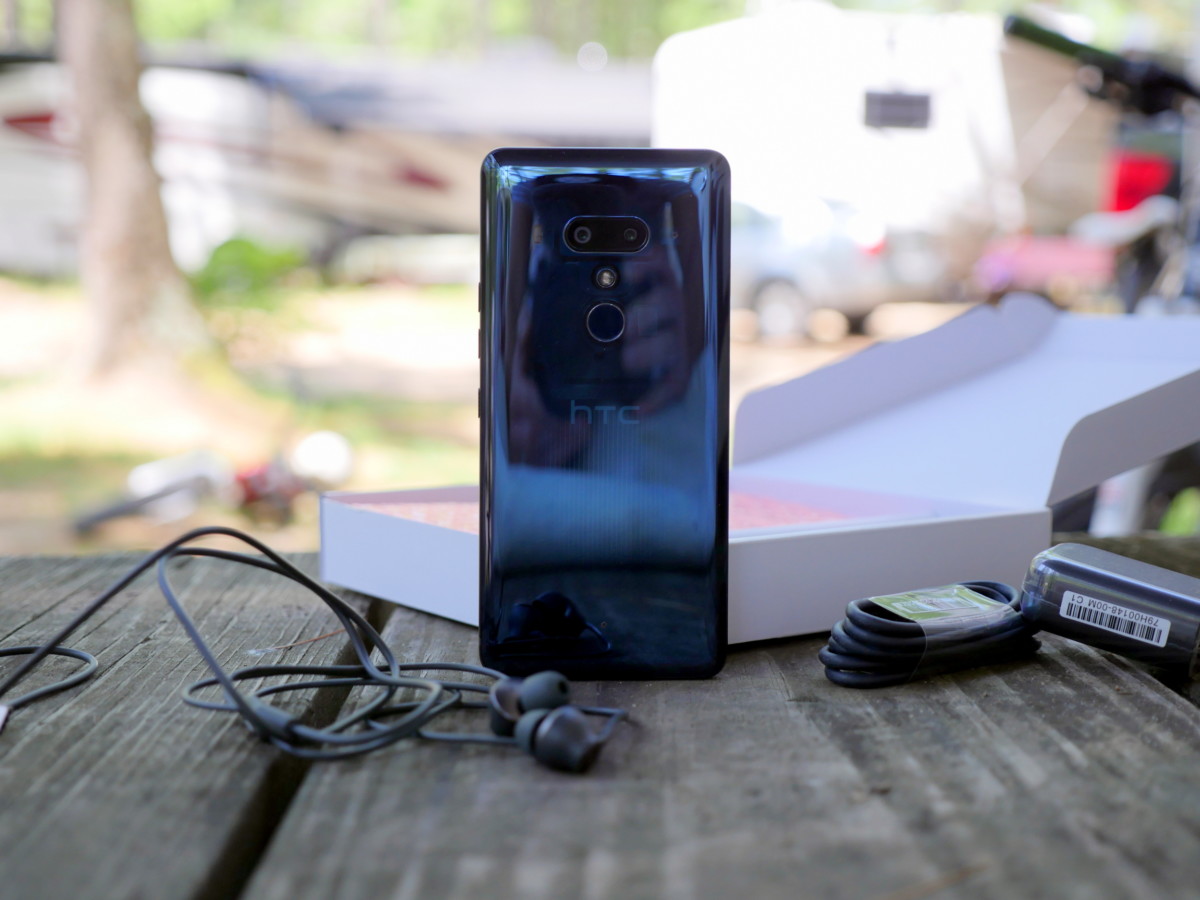
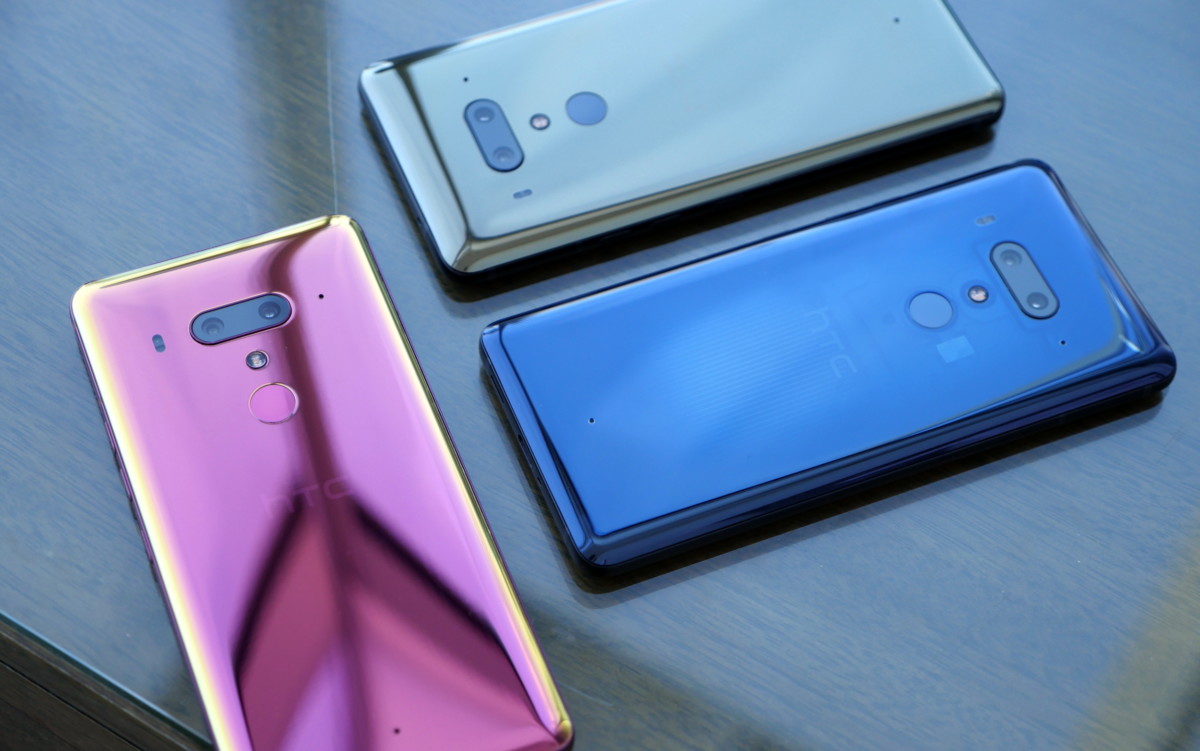


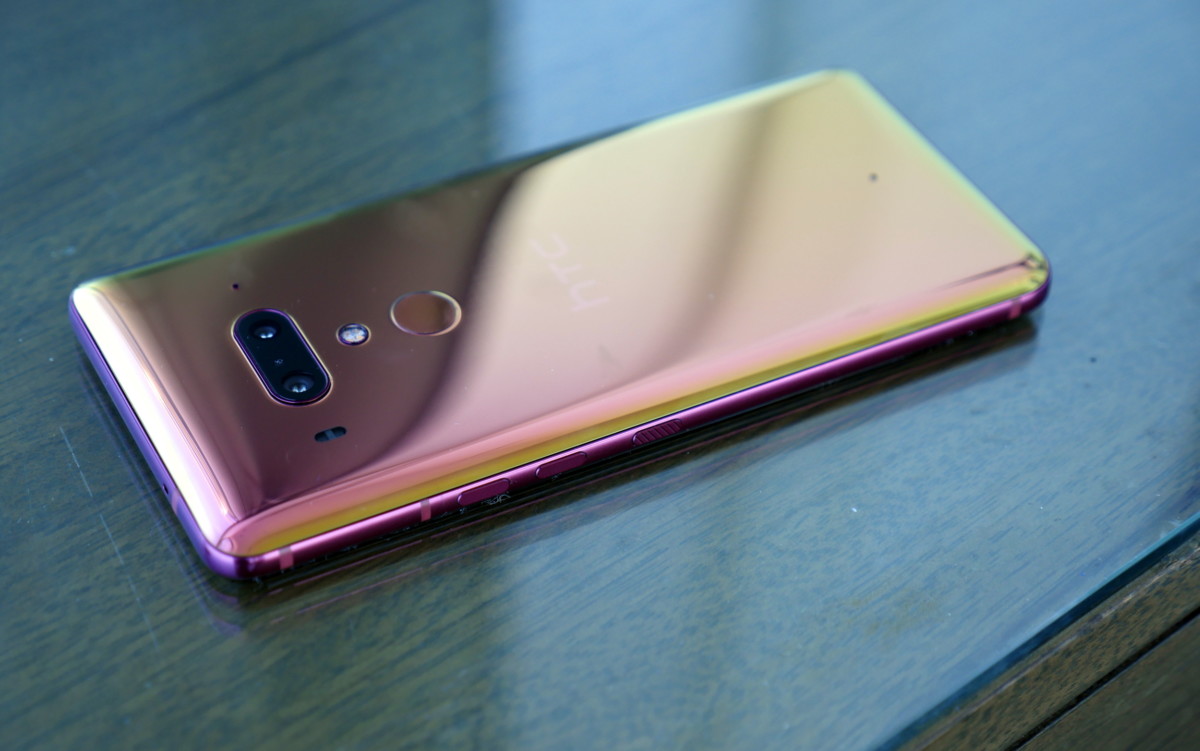
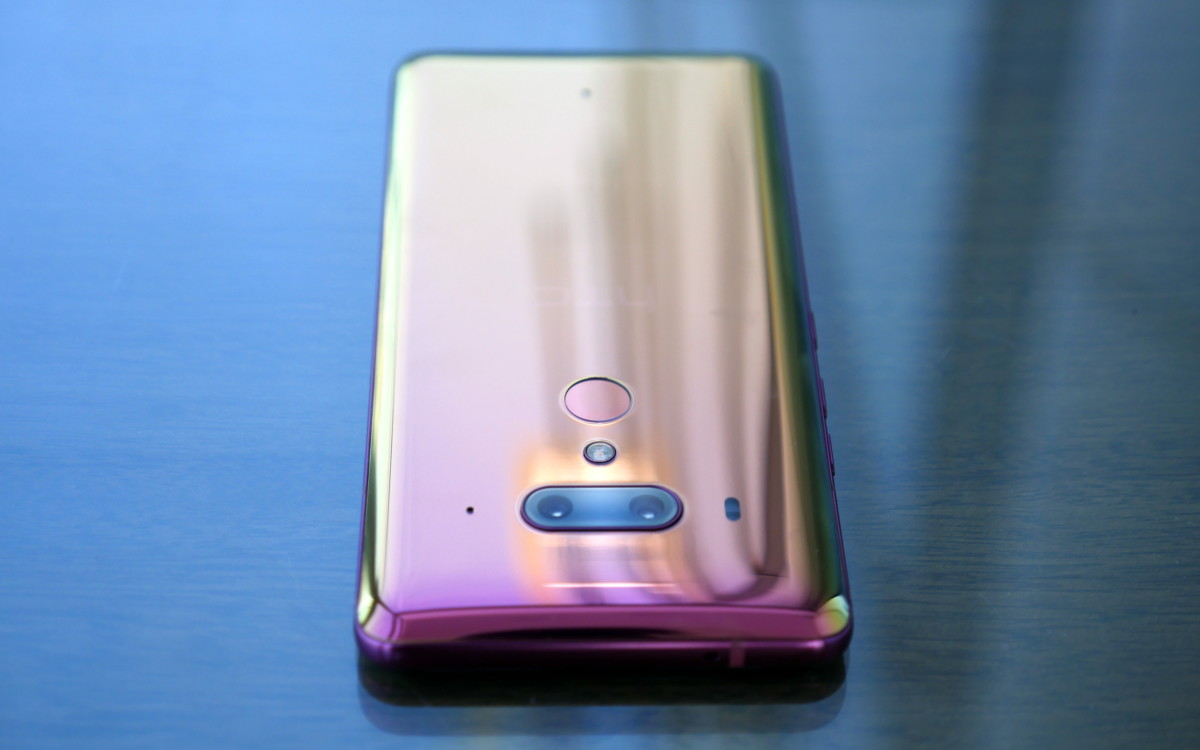

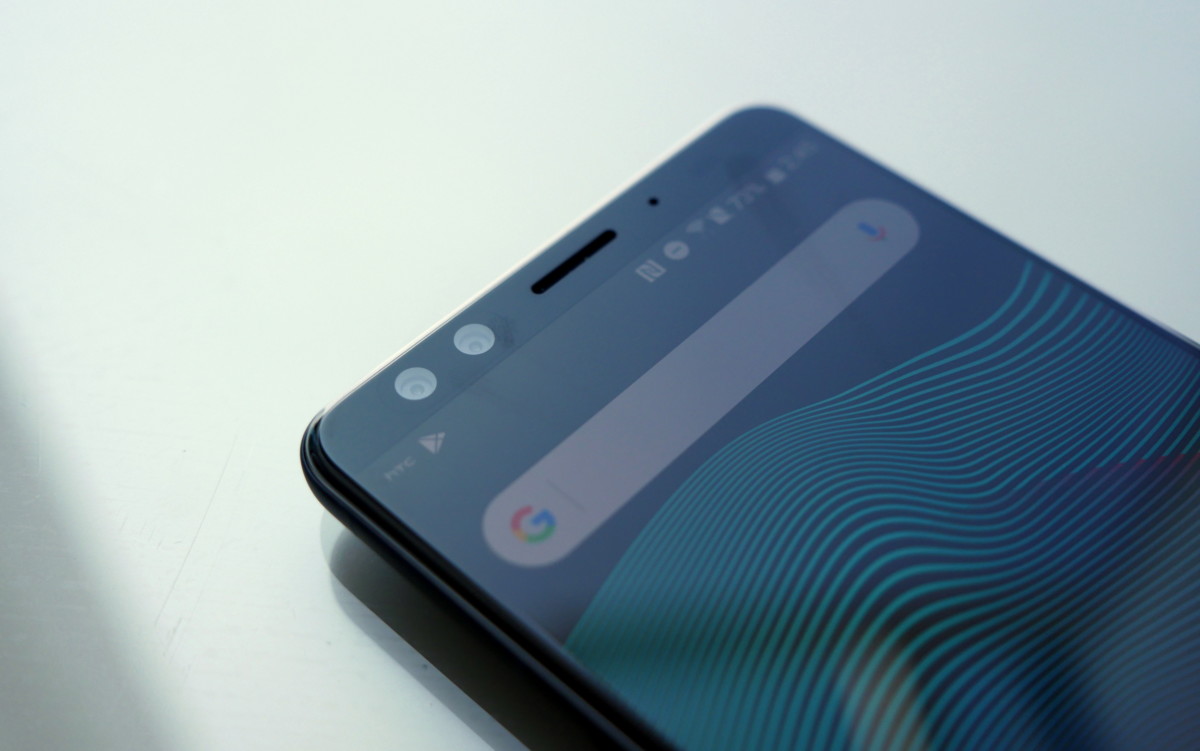
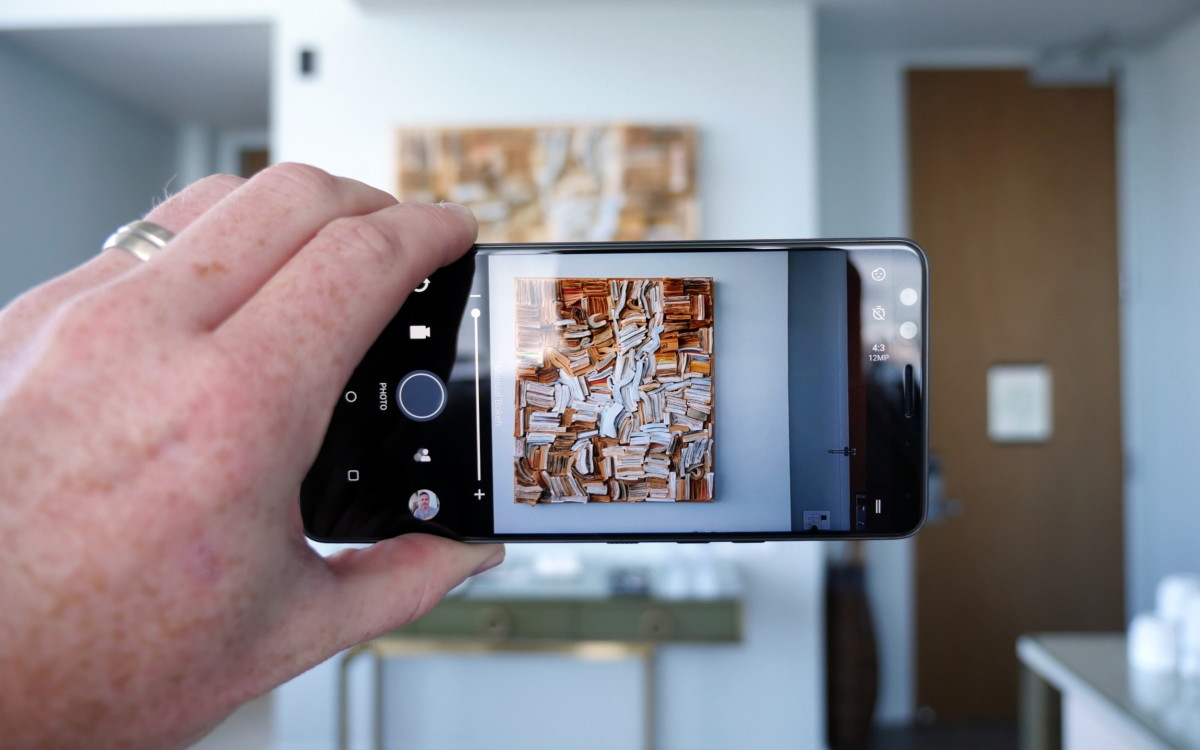
















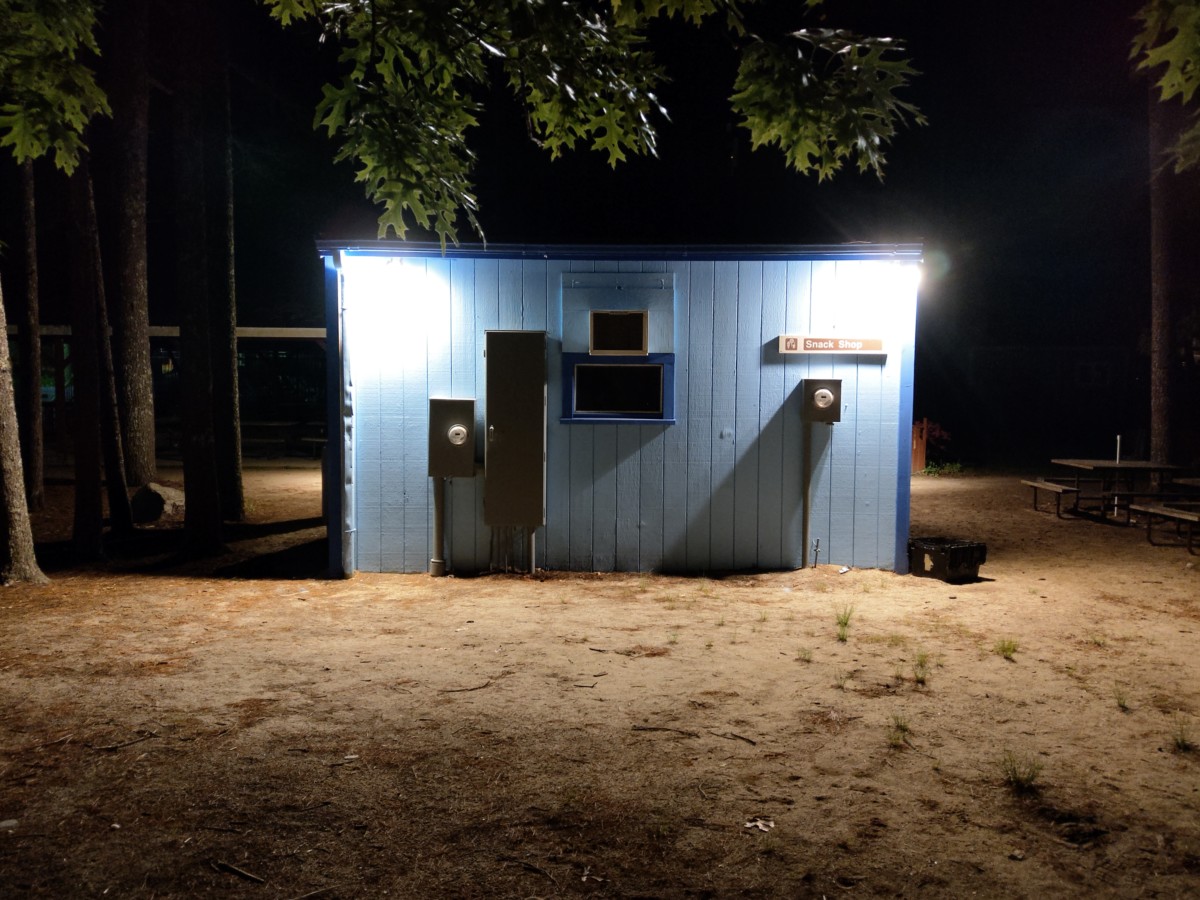



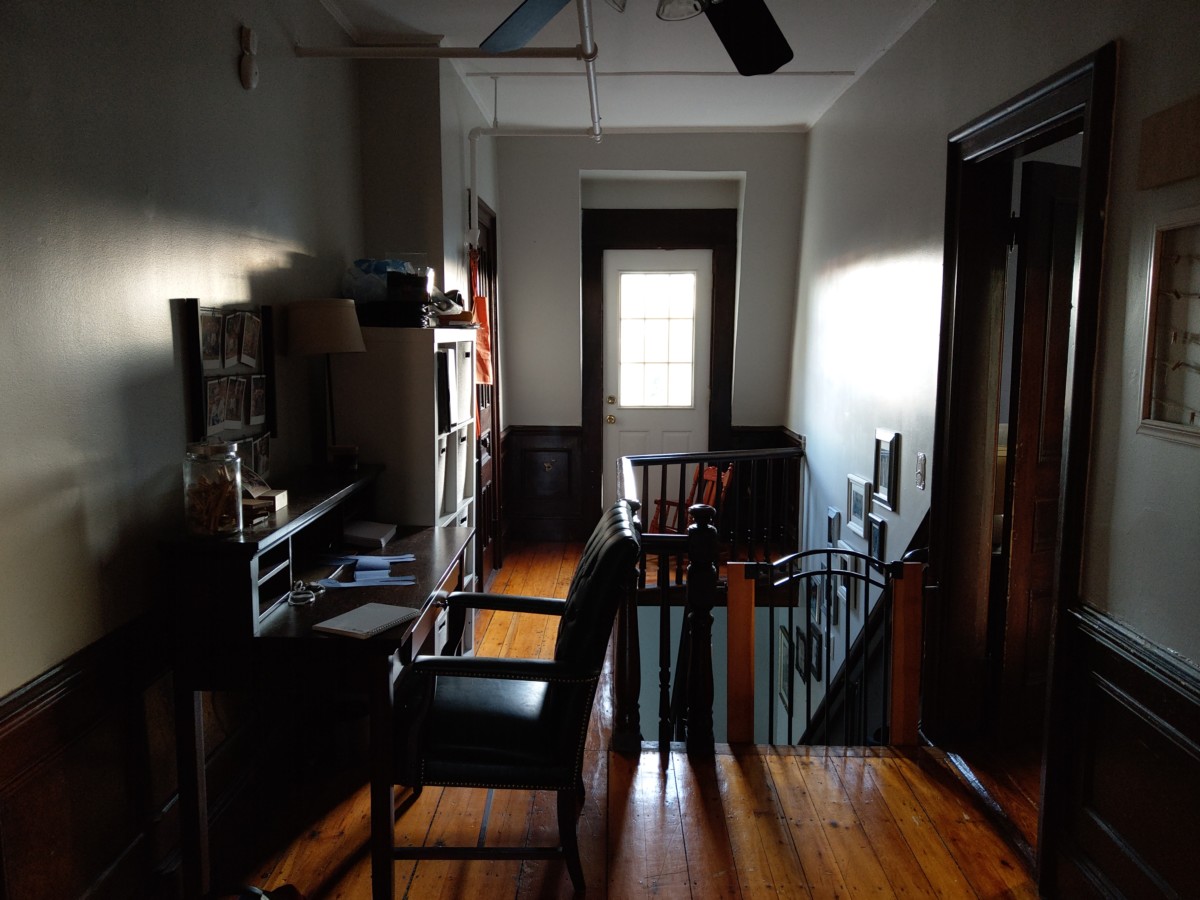












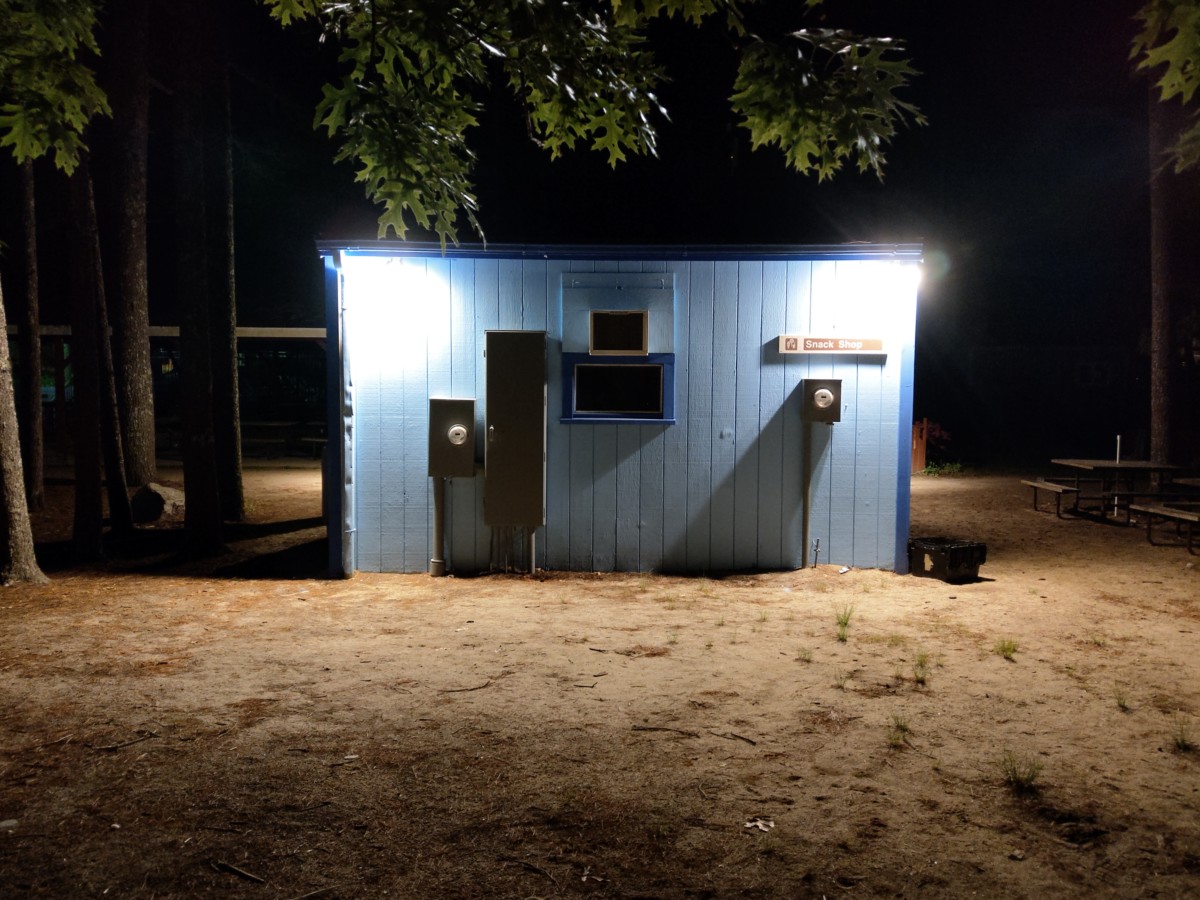



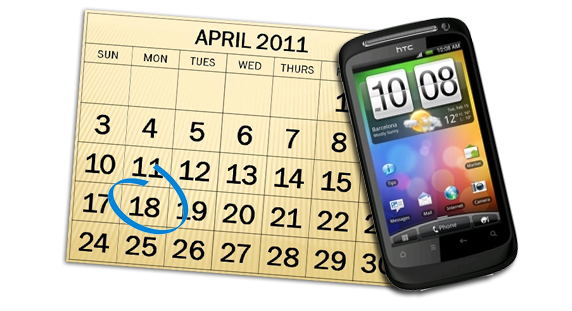
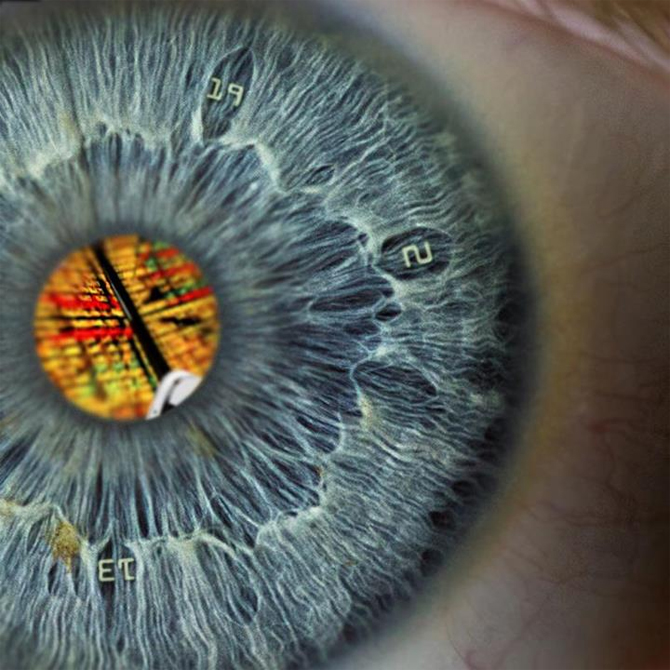

Hey Nick. Nice and detailed review. The price point for HTC u12+ seems god damn high. With the price drops for S9+ or even S8+ ….Do you think HTC still stands a chance ?
Every reviewer is complaining about the missing buttons and non responsive haptic sensors. How good or bad is this virtual buttons. Do they work well enough or do you have to keep struggling for it to operate.
With kids around the house, having such a slippery phone is very dangerous as well.
Wondering whether HTC u11+ would do the job as well.